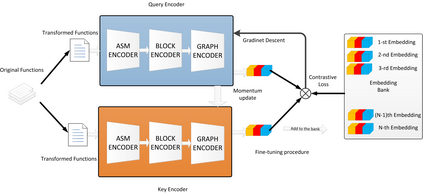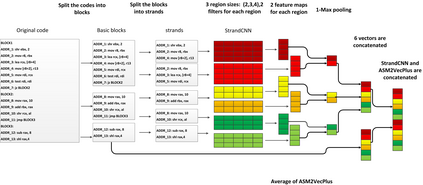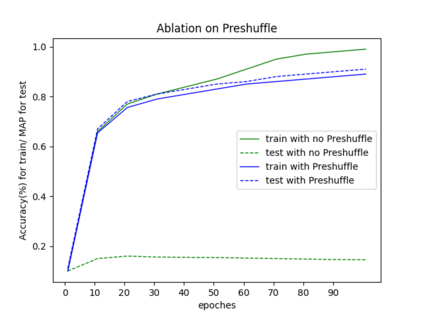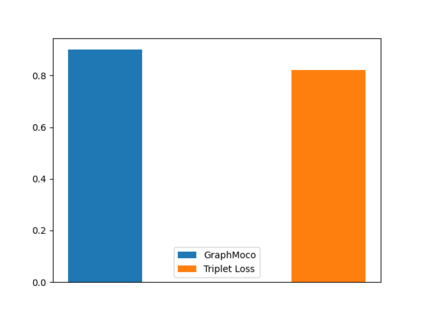In the field of cybersecurity, the ability to compute similarity scores at the function level is import. Considering that a single binary file may contain an extensive amount of functions, an effective learning framework must exhibit both high accuracy and efficiency when handling substantial volumes of data. Nonetheless, conventional methods encounter several limitations. Firstly, accurately annotating different pairs of functions with appropriate labels poses a significant challenge, thereby making it difficult to employ supervised learning methods without risk of overtraining on erroneous labels. Secondly, while SOTA models often rely on pre-trained encoders or fine-grained graph comparison techniques, these approaches suffer from drawbacks related to time and memory consumption. Thirdly, the momentum update algorithm utilized in graph-based contrastive learning models can result in information leakage. Surprisingly, none of the existing articles address this issue. This research focuses on addressing the challenges associated with large-scale BCSD. To overcome the aforementioned problems, we propose GraphMoco: a graph momentum contrast model that leverages multimodal structural information for efficient binary function representation learning on a large scale. Our approach employs a CNN-based model and departs from the usage of memory-intensive pre-trained models. We adopt an unsupervised learning strategy that effectively use the intrinsic structural information present in the binary code. Our approach eliminates the need for manual labeling of similar or dissimilar information.Importantly, GraphMoco demonstrates exceptional performance in terms of both efficiency and accuracy when operating on extensive datasets. Our experimental results indicate that our method surpasses the current SOTA approaches in terms of accuracy.
翻译:暂无翻译












